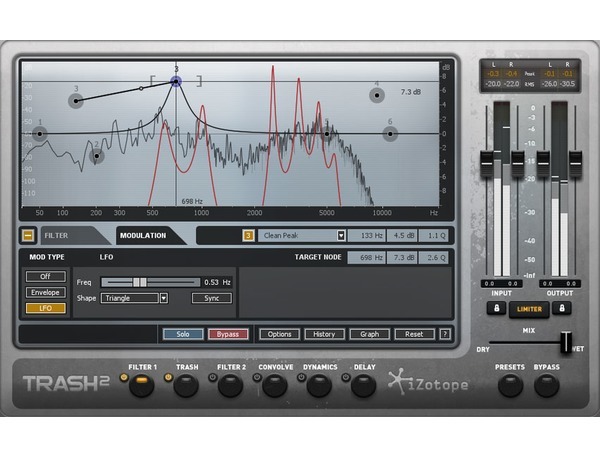

If using audio with multiple different types of bit rates, you can end up with quantization noise, which sounds pretty horrible, albeit quiet.If oversampling is turned on and ISP artefacts are introduced, you can get all sorts of pops and unpleasant sounds.Oversampling ‘listens’ to the audio above the audible frequency spectrum so that it can avoid creating distortion down in the audible spectrum.

To avoid this, there are a few things you can do: This can occur when playing through speakers or when converting to another file format like MP3. There’s a few different kinds of nasty distortion, like ISP (intersample peak) artefacts and other types of aliasing. Taking both the creative and the technical use of distortion, and the advent of digital technology, we have a plethora of devices to use in our productions – both for creative usage and mixing usage. They would drive the bass so clipping would tickle it just a little.Įlectronic music producers and other musicians started applying it to synths and other non-guitar sounds.

They could push drums up loud so they would sound like they knock hard. Heavy metal bands started to push the limits to the extreme, which led to the sound we all know today.īut as distortion became a common effect in a creative sense, mix engineers had been pushing the hardware consoles they used to achieve a certain punch and character to sounds. Since then, many artists and bands like Pink Floyd, Jimi Hendrix and The Beatles adopted this technique into their own guitar sounds, testing out newer types of distortion as the effect became more popular. The pedals and effects back then were rudimentary and were caused by driving hardware components to the point of ‘breaking’ (namely a preamp).Īrtists continued to experiment until it sounded good enough to use in most recordings.


 0 kommentar(er)
0 kommentar(er)
